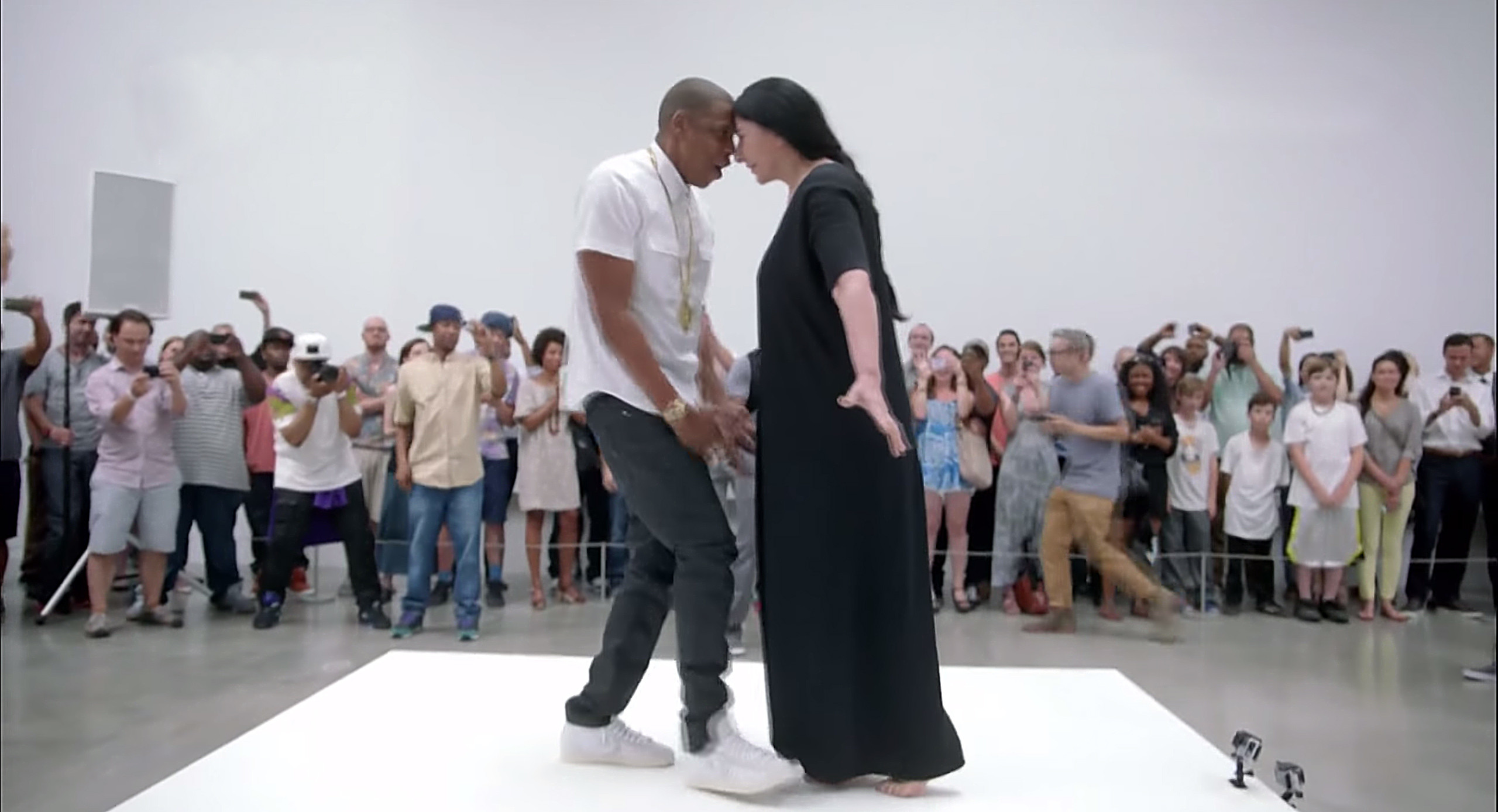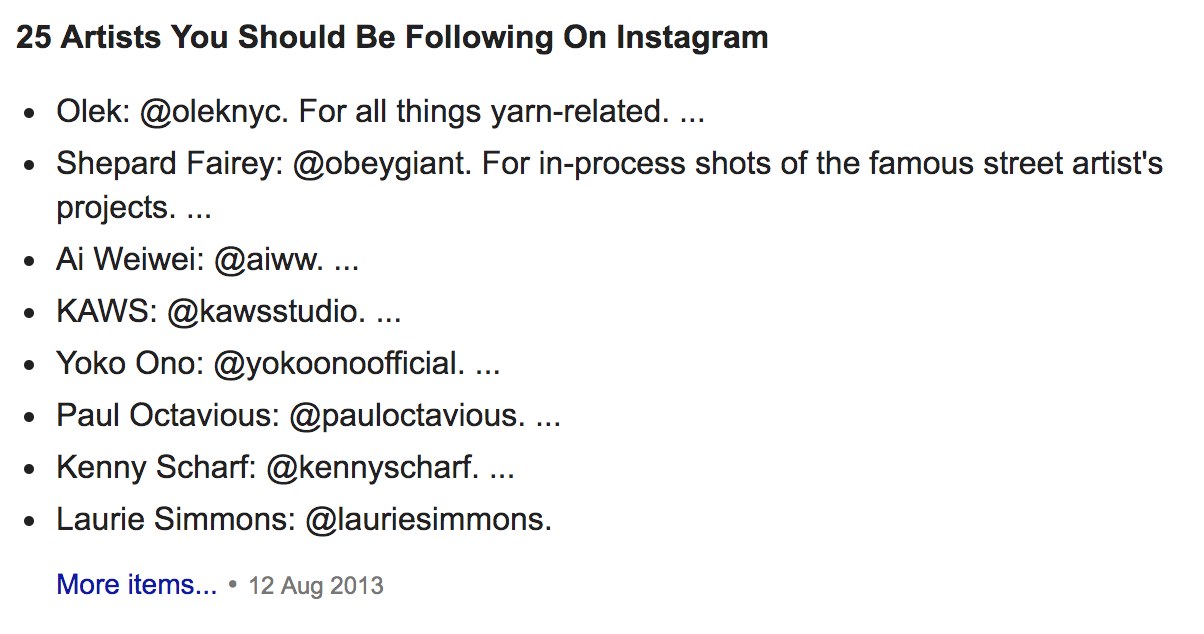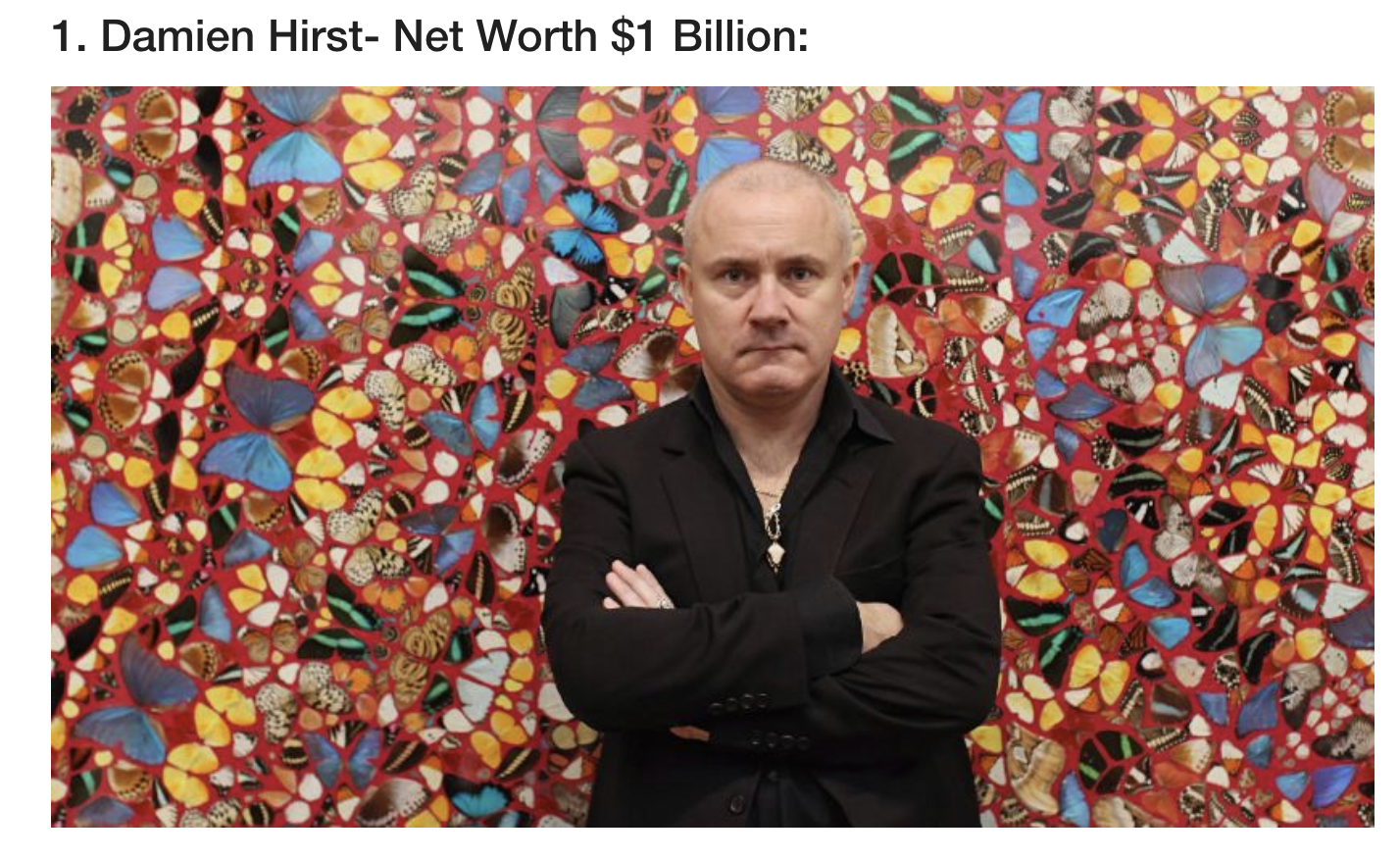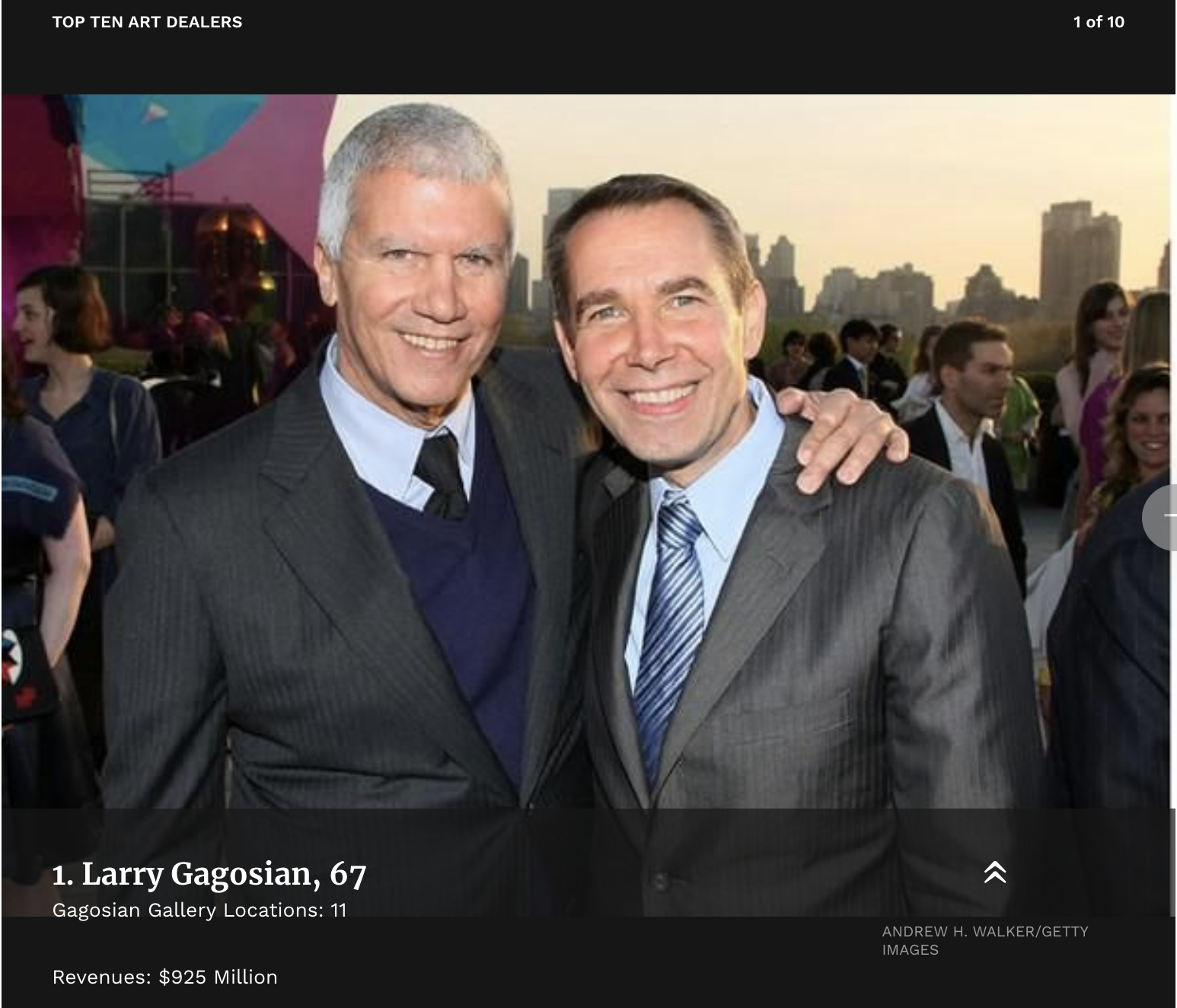Home
XVI. NEOLIBERART & SADQUANTIFICATION
08-23/03/19
Artist poverty remains a well-known fact. We are deprived indeed. Throughout his lecture Suhail Malik presented us facts and figures about our finances, and how little evolution we might expect. Depicting the art market as neoliberal systemic replica, we can only mourn our never-achievable financial stability nor hope for recognition form dominant public institutions. And then, so what?
It is indeed essential to acknowledge that British artists are living under London’s minimum wage and that most of their income is sourced from part-time (shit) jobs. It is equally significant to quantify the discriminatory processes at play in the field (25% income difference between male and female, very low ladder effect — the privileged stay above ground, the other underground). It is also crucial to know the art market is geographically segregative (+/- 42% is held by the US, 21% by China, 20% by the UK, +/- 7% by France and 13% by the rest of the world). Hence, there is an informational imperative around the question.
Considering that those observations concern a specific part of the population; should we not address the issue as global problem rather than field-specific? Shouldn’t this poverty be stated as a systemic political issue rather than specific to the art market? A few examples of countries which took the question to its core are that of Belgium and France where a minimum wage system is allocated to artists (only actors in France though) once they can prove for a minimum work flow. Enabling them to focus and revalorised their practice.
Further introduced by Suhail Malik remain the question of the artist’s ethics and responsibility in taking part/or not, in this neoliberal system built on meritocracy and inequality. As a semi-outsider of the contemporary art scene, I could only emphasise on this remark; still, which art practice’s standard is acknowledgeable to be represented by those charts? On which basis is the artist drop-out ration calculated. In this context, and because we were an audience of “artists”, I think the quantitative black-box approach to the “problem” was a bit succinct. Systematic quantification is relevant to acknowledge problems on an institutional level as it is one of the main languages spoken by the ruling class. But for us, to reflect and take actions, I believe a qualitative understanding of the core issue is of demand. Because this core issue might be elsewhere than in wealth and recognition. It might be this ongoing exclusivity inscribed in the art scenes which limit non-compliant actions shaped by collective endeavour and an honest care for the commons.
The here above two paragraphs were addressed thoughtfully by both Malik and the audience through Q&A’s on ways to counter this neoliberal systemic reproduction. As painful as it was, a lot of remarks were made from individualist standpoints covering a refusal to let go of those structures — Further reflecting a tangible dishonest narcissic issue prevailing in certain art scenes. As in, questions were asked of why should we collectively engage in criticising the institutions we depend upon? A similar reaction I found extremely shocking in one of Helen’s Prichard session where my peers were prompt to care for one another while many violently refute this solidarity through individualistic argumentation. Again “there is no collective, there is only artists — (individuals)”. Further the discussion drifted around question of political responsibility substituted by artists associations and other volunteer organisation working their way toward forms of witnessing and actions. Throughout tits discursive format, the lecture did address questions of artistic motivation, honesty, desire and precarity. Meanwhile, it was about neoliberalism; I felt it also dealt with the very nature of work and the price paid for working in fields where there is potency for collective re-configuring — general practices of comoning as political alternatives. As if the neoliberal system was only imposed on the field as a way to co-opt those initiatives. But really, who cares to be part of the one % top artist with no honesty nor political agency?
Toward the end the lecture touched upon something quintessential yet overlooked within artist poverty; mental health. Indeed, in acknowledging the consequences to an absence of stability and (although cliché) a certain sensibility, it is critical to look at precarious mental health as part of the artist status. As a pseudo-artist myself, I can only testify that although I consciously engaged in living a low-profit life with small chance to evolve nor climb the ladder, I am concerned about myself and us in dealing with our minds. As neoliberalism became pervasive and communicatively violent, it seems as if artists were now prompted to become as productive as their alienated peers although still looked upon as poetical wankers. Further, justified by our choice to not compile to a system which we can not identify to, it is as if we were labeled with a general imposture stamp where the meritocracy myth hits hard. In this regard, I believe that artist’s mental state is at stake while she/he becomes aware of the cynical reality of its condition. Notably since the art market is built upon pre-existing relations whereas merit is not key. Most of our current aesthetic are based on profitable trends depending frequently on the 1% realm. There is an artistic pressure to “go public” in a sphere of excessive (relative) wealth although most of the poor artists are just… poor — which I would identify as class humiliation. To conclude, I think it is indeed substantial to produce factual and quantitative pointers at the neoliberal market and it rooted inequality. But further I would suggest a more qualitative approach which reveals some more vicious issues of the field having to do with class, mental health, merit and bourgeois mentality. Finally, it is unfortunate to observe our own egoistic alienation already starts in schools (as also being fed by competitive ideals and grading/networks systems). Meanwhile, we could/should dedicate ourselves to apathetic collective re-configuration, comoning and institutional refusal (But can this be done within a school really?).






